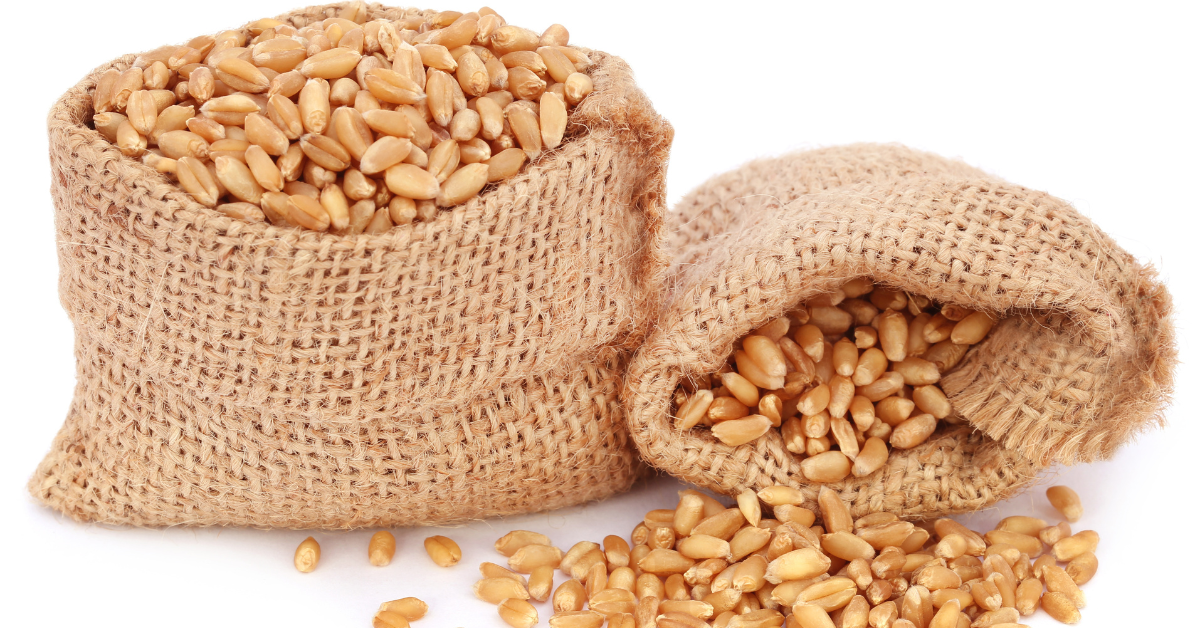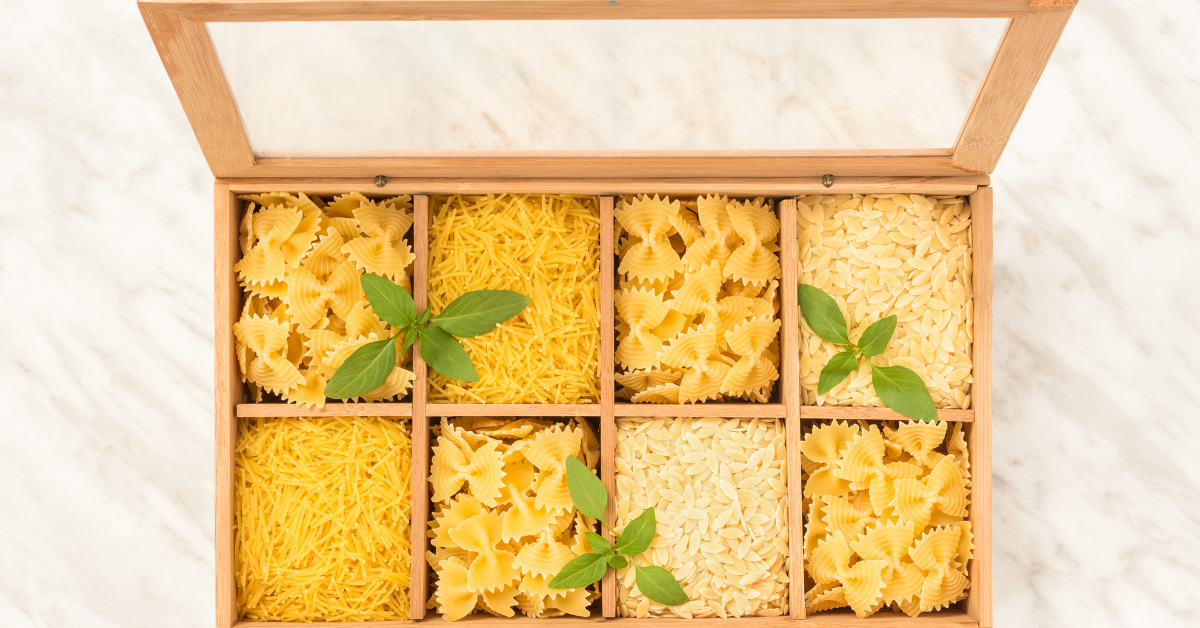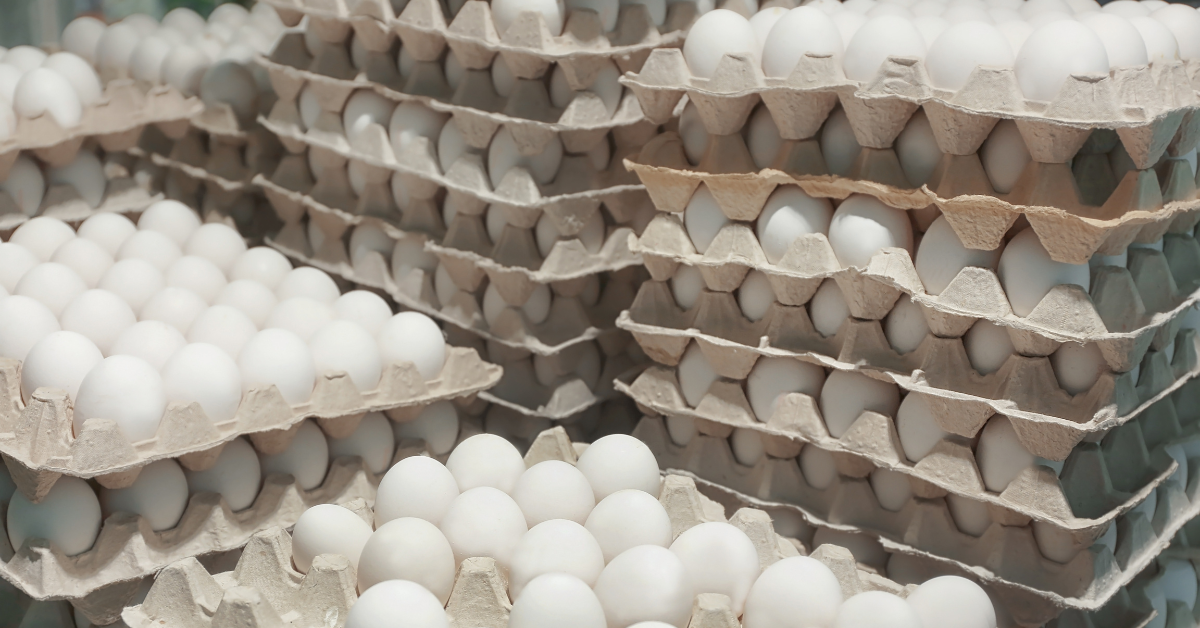Building and maintaining a garden is essential for preppers. Fresh vegetables and fruits provide you with nutrients and minerals that can enhance your long term food storage even more. Having a garden is a great way to supplement your food supply. These types of preppers gardens are often called victory gardens or war gardens, because they are often planted during wartime in order to increase a household’s food storage. With growing tensions between the United States and Russia, these types of gardens may start to become more prevalent in America.
The fruits and veggies you grow can also be canned and stored for later use. Increased crop prices and even crop failures are heavy on Americans’ minds as we watch gas prices soar and major food production plants burn to the ground. Is there going to be a food shortage? It sure seems like it. We also always seem to have the looming threat of civil unrest. Preparing for civil unrest, natural disasters, and food shortages can be done by building a garden. Building a garden will ensure you have access to cheap, fresh, and organic food. Gardening is usually people’s first step into homesteading—the lifestyle of being self-sufficient and able to live off the land.
We know that not every prepper out there lives on 100+ acres of land with a perfect climate, and a lot of people simply don’t have the space or acreage to homestead and be completely self-sufficient. However, it is important that you have gardening skills and are able to supplement your long-term food storage buckets with fresh fruits and vegetables for eating and stocking in your DIY root cellar. Just make sure to learn how to preserve vegetables so they're available year-round.
So how do you prep for when SHTF, natural disasters, or civil unrest when you haven't found your best place to live off grid? There are many ways to properly execute small space gardening, but it will require a lot of pre-planning because you do not have room to mess up—literally and figuratively. Here are some small vegetable garden ideas for those of you who live in apartments or city homes:

How to Make the Best of Small Space Vegetable Gardening
Optimizing the space you do have for a small home garden is essential to its success. Small space vegetable gardening starts with planning. First, you should create a map of the outdoor space you have. Next, mark out places where you cannot plant a small vegetable garden such as concrete patios, over septic tanks, etc. Now that you have a map with your available area to plant, draw out your small vegetable garden ideas. We recommend drawing out a few because you may never know what obstacles you will run into.
When it comes to small home garden planning, the first step is to map your outdoor space. Next, mark out areas that are unsuitable for planting, like concrete patios, over septic tanks, and so on. Then, start sketching your small vegetable garden ideas. We recommend brainstorming multiple layouts, considering the unpredictable challenges that may arise.
One new method to consider is square foot gardening. This involves dividing a small gardening space into squares, each measuring 1x1 foot. This method of gardening is perfect for maximizing the productivity of your limited space. You can grow different types of crops in each square based on their growth characteristics and sunlight requirements. Square foot gardening allows for high yield from a small area, making it perfect for urban environments with limited outdoor space.
Now that you have a few small vegetable garden ideas, how should you plot your plants? You may be tempted to plant as many as you can fit since you are gardening in such a small place, but this will lead to a failed garden almost every time! When you plant them too close together, the plants are competing for sunlight and water, which is really harmful to your small space garden.
One of the most important factors to consider when small space vegetable gardening is how much sunlight you get in your outdoor area. Most vegetables and fruits need an average of 6 hours of sunlight in order to grow the best produce. So how are you supposed to raise a good, sustainable garden when your home or apartment gets little to no direct sunlight? Keep reading to find out…

Small Vegetable Garden Ideas for Apartment Dwellers
Growing a small space garden is a unique challenge for apartment dwellers, especially those not residing on the ground floor. To work around this issue, creating a patio garden with potted plants can be a feasible solution. Yet, even then, adequate sunlight is not guaranteed.
Small space gardening is extra hard for those who live in apartments because not every apartment is on the ground floor and one of the survival rules. This would require you to create your garden in pots on your patio, and even then, good sunlight is not guaranteed. Even if you do live on the ground floor with some grass, apartment buildings are usually tall and block a lot of the sunlight. So how do you plant a garden when you don't get good sunlight or even have ground to plant on?
Hydroponic towers enable you to grow fruits and vegetables indoors, within the confines of your apartment or house! They are equipped with UV lights to provide the plants with necessary vitamin D, and are large enough to nurture most plant species to full growth. These towers can be used both indoors and outdoors (if your apartment receives good sunlight), with or without the UV light. Even if you already have an outdoor garden, a hydroponic tower is a great tool to increase your produce yield and supplement your survival food stash further.
Maximizing your produce is also possible by growing plants in pots. While pot cultivation might not yield as much produce as traditional gardening, it's definitely better than nothing! A simple internet search with the words 'patio' plus any vegetable of your choice will lead you to patio-friendly versions of numerous vegetables.
Another way to maximize your produce is by planting what you can in pots. Planting vegetables in pots will not give you as much produce as it would in a typical garden, but it is better than nothing! Simply look up the word patio plus any vegetable you can think of and you will find a patio-friendly version of any vegetable.

Innovative Small Vegetable Garden Ideas for Urban Homes
If you live in a home in the city, small space gardening may be easier for you than for someone with an apartment. Most homes have at least some sort of yard that is perfect for a compact vegetable garden. Here are some tips and tricks that make small space gardening easier and help you to optimize as much space as possible:
- Plant tall plants on the northernmost part of your garden. Tall plants such as green bean and tomato plants cast big shadows that can interfere with the other plants in your garden. If you plant these in the north part of your garden, it will reduce the shadows on the rest of your garden. Place the rest of your plants in front of the tallest based on their heights—tallest in the north, shortest in the south.
- When it comes to small home garden success, soil quality is paramount. Prioritizing your soil is crucial when planting a small space garden, as the healthiest plants yield the biggest harvest. If your native soil isn't ideal, consider building a raised garden bed where you can fill it with superior quality soil. Raised beds offer additional growing space as plants can overflow the sides.
- Companion planting is another useful technique. This involves planting two different plants in the same spot in the garden. For instance, you can plant beets and carrots together because beets mature much sooner than carrots. When you harvest the beets, this gives the carrots more room to grow.
- Start growing your survival seeds indoors until they germinate. This allows you to ensure they're healthy before transplanting them outdoors, reducing the risk of losing seeds due to outdoor conditions or pests. Indoor sprouting also allows for an extended growing season, as you can start plants earlier than if you were sowing them directly outside.
Adopting these small vegetable garden ideas can contribute significantly to self-sustainability, ensuring that you're well-prepared for any eventuality. So, start your small space gardening journey today and bolster your preparedness efforts.

Shady Vegetables for Your Small Garden Space
Now that you've carved out a spot for your small home garden, it’s time to sow the seeds of your dreams! Your small space gardening ideas may not include plants like corn, which requires ample room. Opt for smaller plants like bell peppers, tomatoes, and onions instead of space-hungry corn, pumpkins, or watermelon. Here are some fruitful small vegetable garden ideas for limited spaces:
If your plot doesn't get much sunlight, don’t worry, there are numerous plants that thrive in the shade! Nearly all leafy greens flourish in shaded conditions. These superfoods, such as kale, arugula, and spinach, are vital for heart, lung, bone, immune, and skin health. Kale also offers a generous amount of protein, making it an excellent substitute if you don’t have easy access to meats or other protein-rich foods. If the unexpected happens, it will be crucial to consume plenty of leafy greens.
Another great option for what to plant in a small garden in a shaded area is root vegetables. Root vegetables are beets, carrots, potatoes, turnips, etc. Potatoes are great for preppers to plant because they have the minimum calories to survive and still provide lots of energy. Root vegetables are also really hard to mess up, so these are usually a safe bet.
Brassica vegetables, including broccoli, cauliflower, brussels sprouts, and cabbage, also thrive in shaded areas. These nutritional powerhouses are loaded with vitamins A, C, E, and K, as well as iron, fiber, and calcium.
Peas and beans, easy-to-grow power plants, only require about 4 to 5 hours of sunlight, making them suitable for your small garden in shadier locales.One particular benefit of growing peas in a small home garden is their prolific nature. The more you harvest, the more they produce. Furthermore, peas boast the highest calorie content among vegetables, an ideal attribute when you need additional energy during challenging circumstances.
Herbs also do well in a shady garden. Not only do they enhance the flavors of your meals, but they're also extremely easy to grow. Growing herbs in pots is advisable so they don’t take up too much room in your garden.
Herbs also do well in a shady garden. Who says that just because you are rationing food that it has to taste bad? Herbs will enhance any meal you will make and they are super easy to grow. However, herbs are probably better to be planted in a pot than in the actual garden so they don’t take up so much room in your garden. Be extra careful when growing mint, because it will take over your garden in the blink of an eye!
Optimal Vegetable Garden Ideas for Your Small Space: Sun-Loving Crops

Tomatoes are next up on the list. Just one tomato plant can produce up to 20 pounds of tomatoes! Tomatoes are also so versatile. They can be canned, sun-dried, and frozen to be preserved or having it in food wax to last longer. Tomatoes are a great source of potassium, which is great because if you live in the United States, you probably can’t grow bananas.
Radishes, another prime choice for your small space garden, are cold-hardy and can give two crops—the radish bulbs and the leaves. This dual productivity makes radishes an excellent way to maximize your yield when practicing small space gardening.
You may be wondering why we have spent so much time talking about planting vegetables for small gardens and not really touching on fruits. The reason is that most fruits grow on bushes or trees. Both of these take a lot of time and a lot of room to grow—which you may not have. You may be better off stocking up on freeze dried fruit buckets from Valley Food Storage instead of growing your own for this reason. Meat is also going to be a hot commodity when SHTF, especially in suburbia and the city, because there are usually strict laws about owning farm animals in these areas. We suggest storing freeze-dried meat.
[product_render product-handle="freeze-dried-meat-6-pack"]
Being a prepper does not mean you have to live on a huge farm and be entirely self-sufficient. There are a lot of preppers out there that live in cities, suburbs, and apartments with very little space to garden. The biggest goal when small space gardening is to optimize as much space as you can with high-yielding crops, such as tomatoes, or companion planting. You may also want to consider only planting the highest calorie vegetables (like peas) and those preserve well.
Most fruits require significant space and time to grow as they usually grow on bushes or trees. Therefore, for urban and suburban dwellers with space constraints, it's worth considering stocking up on freeze-dried fruit buckets from Valley Food Storage. Meat, another vital protein source, may also be challenging to come by in urban settings due to strict laws on livestock rearing. For such situations, stocking up on freeze-dried meat is advisable.
Being prepared doesn't necessarily mean owning a vast farm or being entirely self-sufficient. A significant number of preppers live in cities, suburbs, or apartments with limited space to garden. The most crucial objective when approaching small space vegetable gardening is to optimize as much space as you can with high-yielding crops like tomatoes or companion planting. It would be wise to focus on planting the highest calorie vegetables (like peas) and those that preserve well.
If you've had enough of relying on grocery stores and public transport, we invite you to explore our next blog: Discovering the Best States for Off-the-Grid Living! This will guide you further on your path towards self-reliance and independence. Embrace the joy of gardening, even in small spaces, and the peace of mind it brings knowing that you're prepared for whatever comes.




